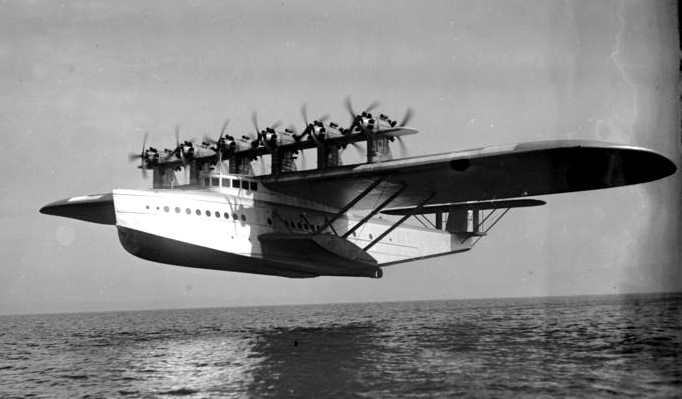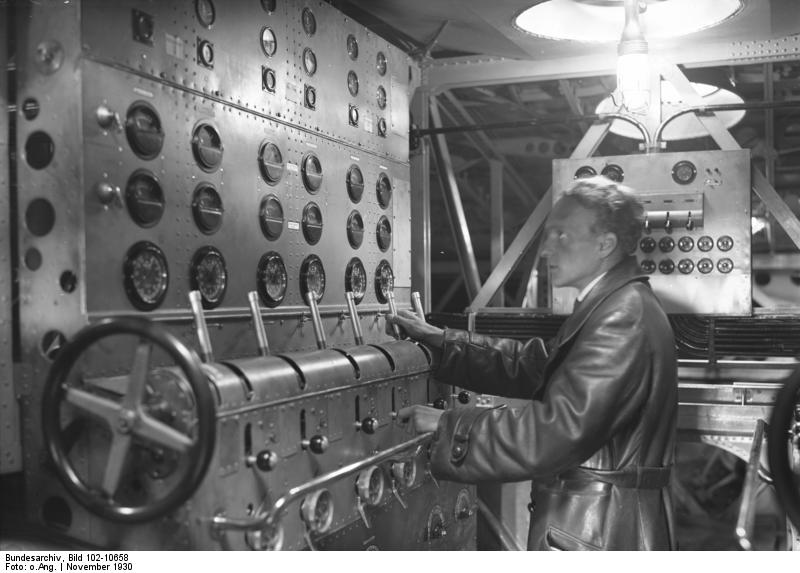It was Claude Dornier's most ambitious project, the first Jumbo aircraft and a record holder for many years.
In commemoration of the World Flight of the Do-X 80 years ago, Dornier Wines announces a limited release of a special label
Dornier Donatus 2006.
The wines will only be available from
Dornier Wines in Stellenbosch, to members of the
Dornier Club, from
Select Wines in Berlin and from the
Dornier Museum in Friedrichshafen. The release is scheduled for March/April 2010.
Design
The Do X had an all-duralumin hull, with wings composed of a steel-reinforced duralumin framework covered in heavy linen fabric, covered with aluminum paint.
It was initially powered by 12 391 kW (524 hp) Siemens-built Bristol Jupiter radial engines (six tractor propellers and six pushers), mounted in six tower nacelles on the wing. The air-cooled Jupiter engines were prone to overheating and proved to only be able to lift the Do X to an altitude of 425 m (1,400 ft). The engines were supervised by an engineer, who also controlled the throttle. The pilot would ask the engineer to adjust the power, in a manner similar to that used on maritime vessels. After completing 103 flights in 1930, the Do X was refitted with 455 kW (610 hp) Curtiss Conqueror water-cooled 12-cylinder inline engines. Only then was it able to reach the altitude of 500 m (1,650 ft) necessary to cross the Atlantic. Dr. Dornier designed the flying boat to carry 66 passengers long distance or 100 on shorter flights.
The luxurious passenger accommodations approached the standards of transatlantic liners. On the main deck was a smoking room with its own wet bar, a dining salon, and seating for the 66 passengers which could also be converted to sleeping berths for night flights. Aft of the passenger spaces was an all-electric galley, lavatories, and cargo hold. The cockpit, navigational office, engine control and radio rooms were on the upper deck. The lower deck held fuel tanks and nine watertight compartments, only seven of which were needed to provide full flotation.


Operation
The Flugschiff (flying ship), as it was called, was launched for its first test flight on July 12, 1929, with a crew of 14. In order to satisfy skeptics, on its 70th test flight on October 21st there were 169 souls on board; 150 passengers (mostly production workers and their families, and a few journalists), 10 aircrew and 9 "stowaways", who did not hold tickets. The flight broke the then world record for the number of persons carried on a single flight, a record that was not broken for another 20 years. After a takeoff run of 50 seconds the Do X slowly climbed to an altitude of only 200 m (650 ft). As a result of the ship's size, passengers were asked to crowd together on one side or the other to help make turns. It flew for 40 minutes (Flug Revue claims it was the 42nd flight and lasted 53 minutes) at a maximum speed of 170 km/h (105 mph) before finally landing on Lake Constance.
To introduce the massive airliner to the potential United States market the Do X took off from Friedrichshafen, Germany on November 3, 1930, under the command of Friedrich Christiansen for a transatlantic test flight to New York. The route took the Do X to the Netherlands, England, France, Spain, and Portugal. The journey was interrupted at Lisbon on November 29th, however, when a tarpaulin made contact with a hot exhaust pipe and started a fire that consumed most of the portside wing. After sitting in Lisbon harbor for six weeks while new parts were fabricated and the damage repaired, the flying boat continued (with several further mishaps and delays) along the Western coast of Africa and by 5 June 1931 had reached the Capverdian Islands, South America[3] where the crew were greeted as heroes by the local German émigré communities.
Cover carried from Rio de Janeiro to New York on the DO-X, August 5-27, 1931
The flight continued north to the United States, finally reaching New York on August 27, 1931, almost nine months after departing Friedrichshafen. The Do X and crew spent the next nine months there as its engines were overhauled, and thousands of sightseers made the trip to Glenn Curtiss Airport (now LaGuardia Airport) to tour the leviathan of the air. The economic effects of the Great Depression dashed Dornier's marketing plans for the Do X, however, and it departed from New York on May 21,1932 via Newfoundland and the Azores to Müggelsee, Berlin where it arrived on May 24 and was met by a cheering crowd of 200,000. (Source: Wikipedia)

Do-X on youTubeDo-X 80 years agoFor inquiries please contact Dornier Wines:
info@dornier.co.zaTel: +27 21 8800557












